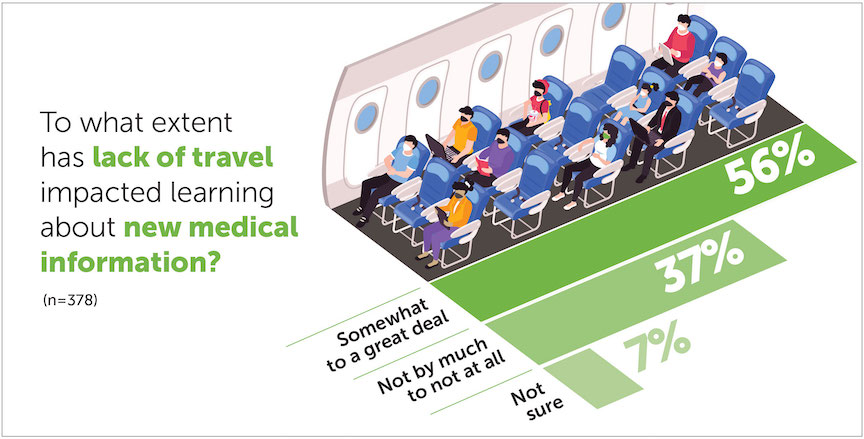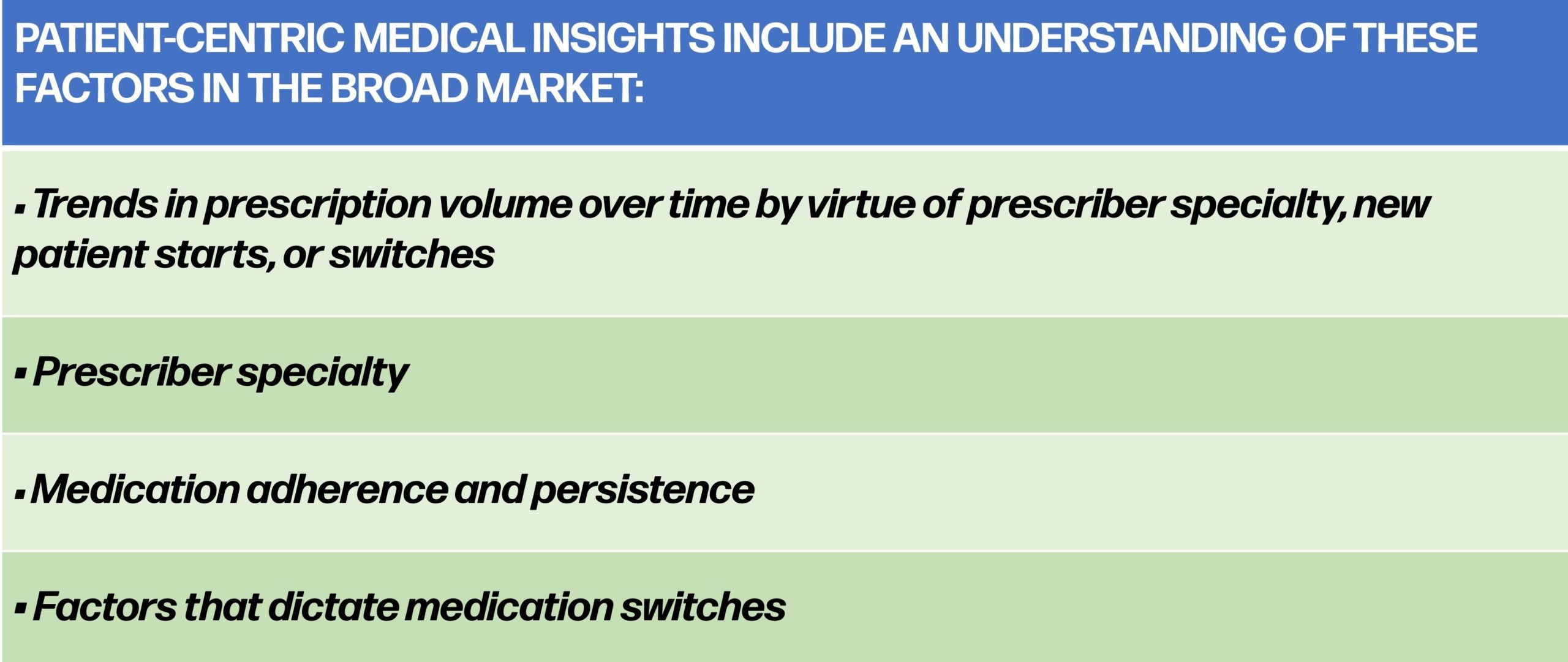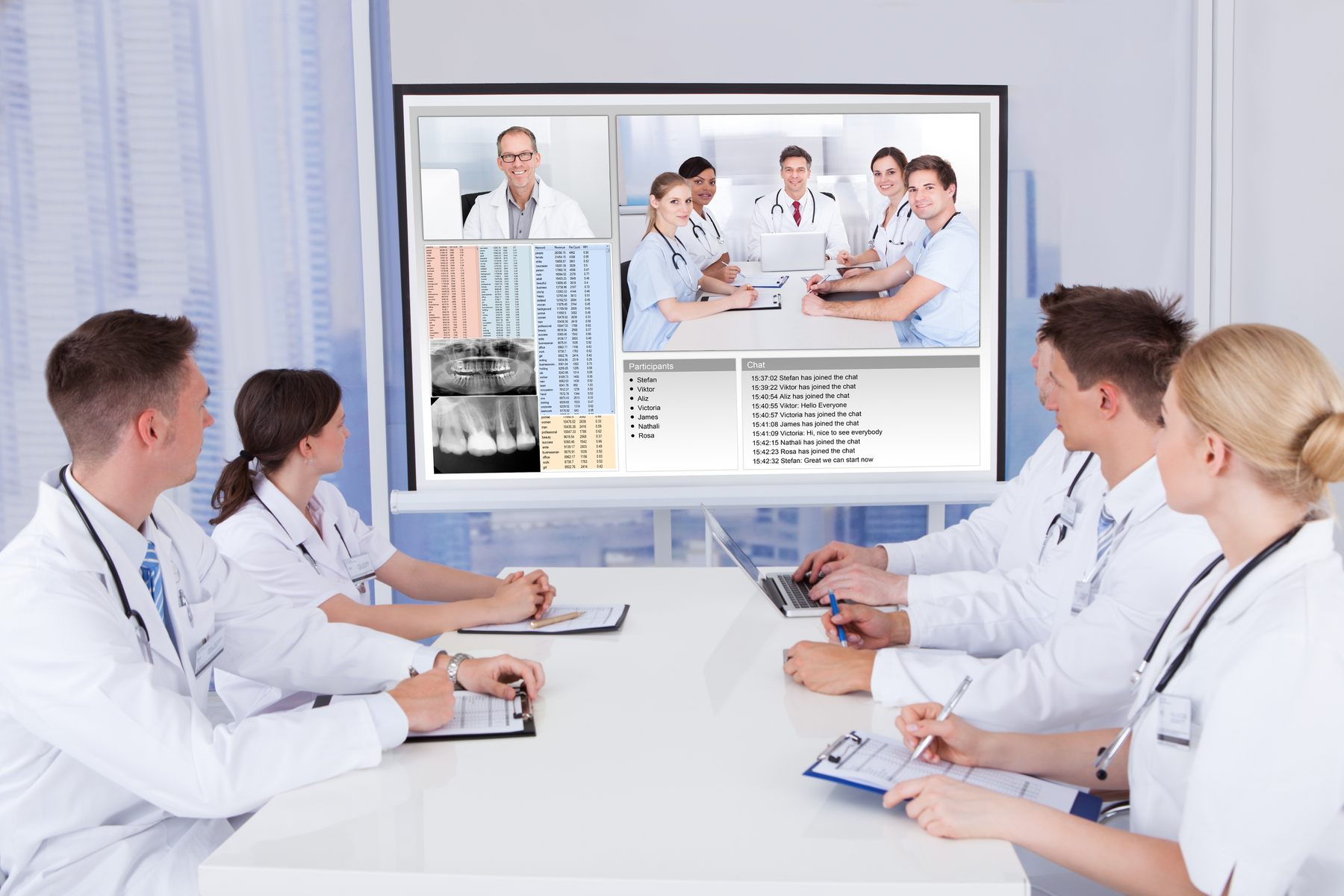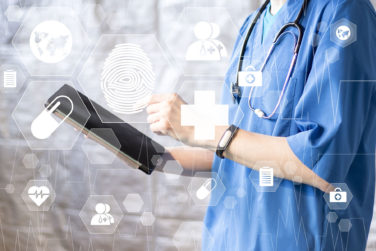It’s no secret healthcare professional (HCP) engagement models have changed since the start of the pandemic. Whereas the previous industry focus was on maximizing HCP education via delivering new information and gleaning expert insight from thought leaders, industry focus has shifted—subtly at first but now more urgently—to overcoming barriers to patient healthcare.
Often, the breakneck speed of emerging therapeutics and identification of disease pathogenesis is so rapid that many HCPs and thought leaders may not be aware of new developments or are too busy to incorporate them into practice. Hence, field-based medical and sales professionals have had to rethink strategies to effectively communicate to clinicians new information that impacts patient care. Meanwhile, medical education companies have had to accelerate their ability to deliver timely data, assess how quickly the information reaches clinicians, and assess how readily it can be integrated into practice.
So, how can industry effectively reach practitioners in this new environment? What are the best ways to highlight new disease states and the need to develop and incorporate new or improved treatment modalities? What shifts in process are necessary to understand gaps and needs, develop strategies, and execute on priorities?
Medical Insights
Medical insights inform a company’s strategic or medical decision-making. They should articulate a gap in knowledge that drives behavior by tactics that deepen understanding of the consumer, customer, healthcare system, product, caregiver, or disease state. They provide a multidimensional view of what is observed in the field by the field medical team.
A robust medical insights strategy includes a healthy mix of people, process, and technology. For medical insights to be effective they must be timely, relevant, and actionable. Insights should reflect back to the medical affairs strategy and ultimately require some sort of action on the part of the company and the field team.
Impact of Virtual on Medical Insight Generation
Insight generation from field medical teams was customarily gleaned through face-to-face medical science liaison (MSL) interactions with HCPs. Due to the pandemic, thought leader engagement has quickly morphed into hybrid models that have yielded varied degrees of success. Industry regulatory groups have had to pivot quickly to adapt and create new parameters to approve insights from social media and digital opinion leaders (DOLs).
Much of this was afforded by the improvement in virtual communication channels that took place during the pandemic. COVID-19 forced IT engineers to optimize sound and picture quality so working from anywhere could not only be possible but highly effective. Almost overnight, MSLs were encouraged to listen in to social media channels, determine who should be considered an expert DOL, assess the quality of information, assess the impact of DOL reach, and bring this new information into medical insight gathering—a heavy lift that initially did not have clearly defined parameters.
Social media can provide metrics on the number of followers a DOL has, but as C. Michael Gibson, MD, MS, professor of medicine at Harvard Medical School, interventional cardiologist at Beth Israel Deaconess Medical Center, CEO of Baim/PERFUSE Research Institute, and one of the original social media medical opinion leaders, noted in a tweet, wouldn’t it be better if it could identify who the true medical leaders are?1
As a result of the pandemic, the amount of time spent educating clinicians decreased, especially with the decrease in traditional face-to-face interactions and information customarily shared at medical congresses. Recent Healio Strategic Solutions survey data showed that HCPs are still not completely comfortable attending live meetings even as COVID-19 restrictions become more relaxed.2 Furthermore, many respondents reported that the lack of travel to congresses has not impacted their ability to learn about new concepts in medical education (see Figure). Although medical congresses want, and are moving again toward, live engagement, the reality is many clinicians no longer see the value in live attendance.
 Innovative medical associations saw the reluctance of attending live meetings as an opportunity. For example, the American Society of Clinical Oncology has embraced this model by creating a monthly one-hour online broadcast session on the latest research with the experts, designed to keep clinicians current on new and emerging research between annual meetings.3
Innovative medical associations saw the reluctance of attending live meetings as an opportunity. For example, the American Society of Clinical Oncology has embraced this model by creating a monthly one-hour online broadcast session on the latest research with the experts, designed to keep clinicians current on new and emerging research between annual meetings.3
The Role of AI in Medical Insight Gathering
Analytics is now playing a significant role in using medical insights to create strategy by contextualizing the quality and quantity of medical insights. Companies are evaluating how the number of interactions brought by the field medical team is not equivalent to what can be recognized as actionable outcomes that result in impact.
Programs using artificial intelligence (AI) may identify and demonstrate value, but it is unclear if AI would be better at this than one or two key live human beings on the medical team. At recent industry meetings, there was a strong emphasis from companies that have developed programs using AI to quickly analyze and format insights generated by MSLs in a way that can be categorized and shared rapidly with executive teams directing medical and commercial strategy. However, questions remain: How does industry optimize thought leader engagement without a standard to use insights? What is the role of old-fashioned face-to-face meetings other than building and maintaining relationships?
Understanding what medical insights are and executing engagement strategies based on the information provided are high priority in industry. And yet, many clinicians cannot afford the time to keep up with new insights into disease pathology. As real-world evidence becomes an accepted arm in substantiating and validating a therapy or practice, the role of recognizing and addressing the patient journey becomes more critical (see sidebar). More integration between registries and data sets is needed, particularly as advanced therapy medicinal products (ATMP) become mainstream.
 It is an exciting time for the healthcare industry. As in ATMP research, we must accept that the models we know and the language we use, as well as the regulatory and reimbursement environment, are changing rapidly. We must be able to adapt to changes as understanding of disease and technology increases. As AI has infiltrated our homes, labs, and how we communicate, medical insight generation and education models will continue to evolve.
It is an exciting time for the healthcare industry. As in ATMP research, we must accept that the models we know and the language we use, as well as the regulatory and reimbursement environment, are changing rapidly. We must be able to adapt to changes as understanding of disease and technology increases. As AI has infiltrated our homes, labs, and how we communicate, medical insight generation and education models will continue to evolve.
References:
1. @CMichaelGibson. “I wish there was an app that instead of tracking how many fake followers you have it counted how many real leaders you created.” April 6, 2022. Accessed April 11, 2022. https://twitter.com/CMichaelGibson/status/1511895752712335361.
2. Stevens A. “Insights into the Attitudes and Comfort Levels of Healthcare Professionals with Live Meetings and Education in the Pandemic Age.” Healio Strategic Solutions White Paper, 2022. https://healiostrategicsolutions.com/wp-content/uploads/2022/04/whitepaper_Pandemic_Age.pdf.
3. American Society of Clinical Oncology. “Monthly Plenary Series.” https://www.asco.org/meetings-education/monthly-plenary-series.







